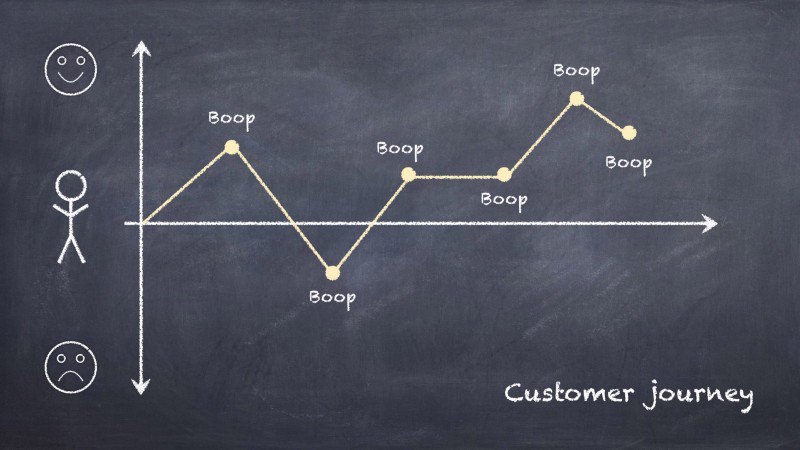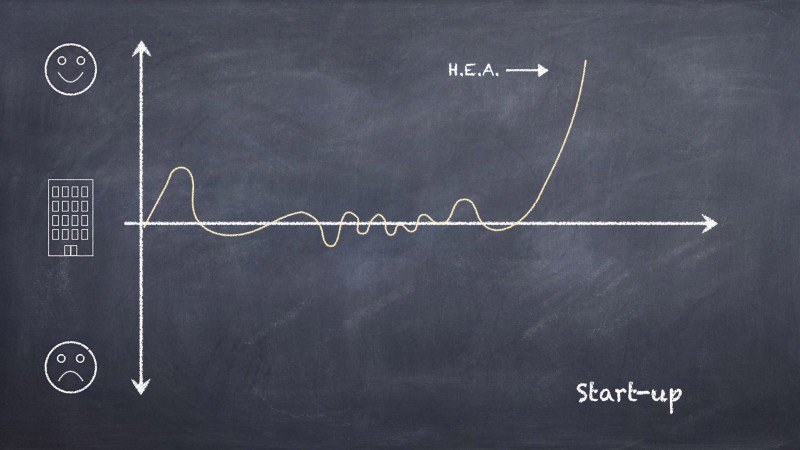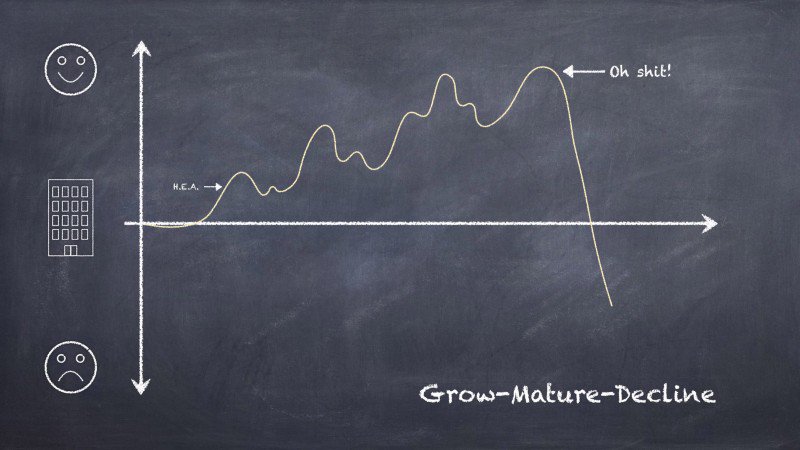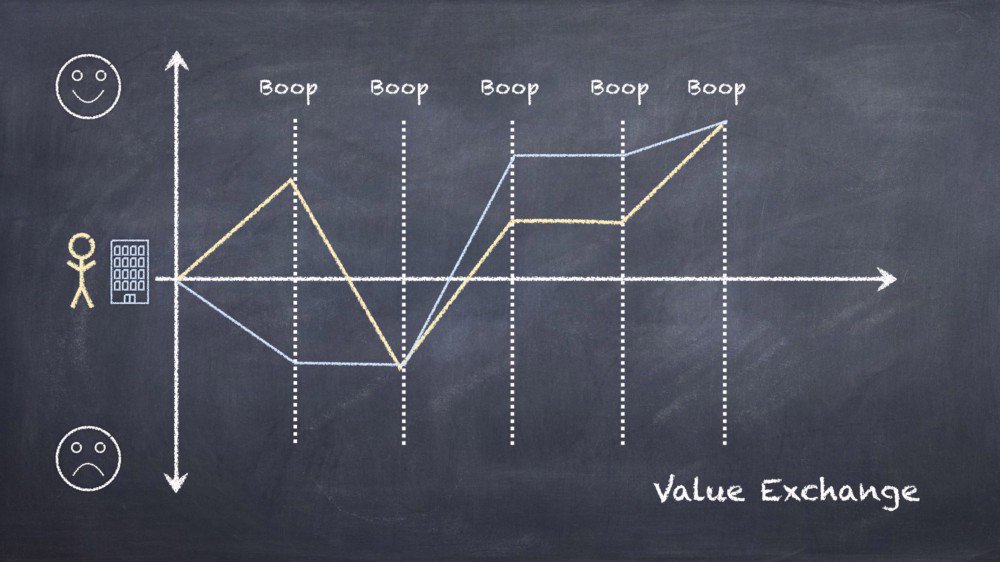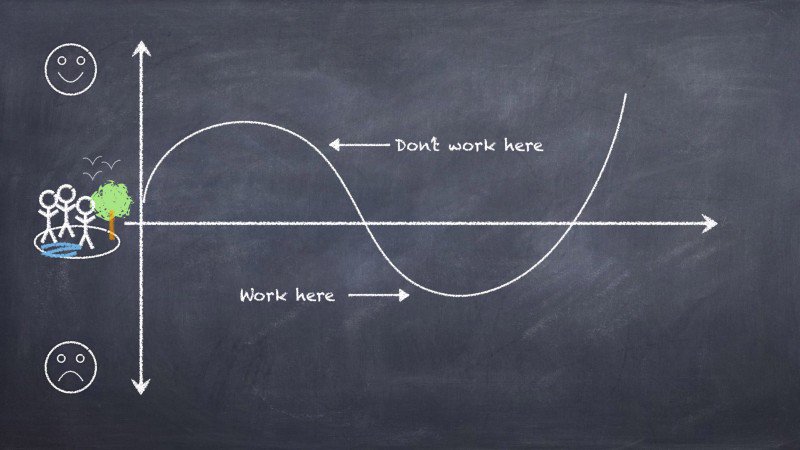Let's go!
This is *the* central problem of digital interactive systems design.
Design is only as “human-centered” as the business model allows and designers have been treating business models as givens.
Unless designers consider and influences the whole system, they risk contributing to a beautiful experience that exploits people, or to a beautiful experience that fails.

In order to make holistic decisions, we need a representation that makes that translation.
Even though people and businesses are interdependent, we've been missing a simple combined visualization.
Huh.
Complex representations, intentional or not, can hide a lot of dirty dealing.
Not often enough.
Because it's not "part of the job".
We can't work as though "user empathy" and "shareholder value" are different planets.
You should make it part of your basic practice.
This requires that you keep the big picture in mind at all times.




